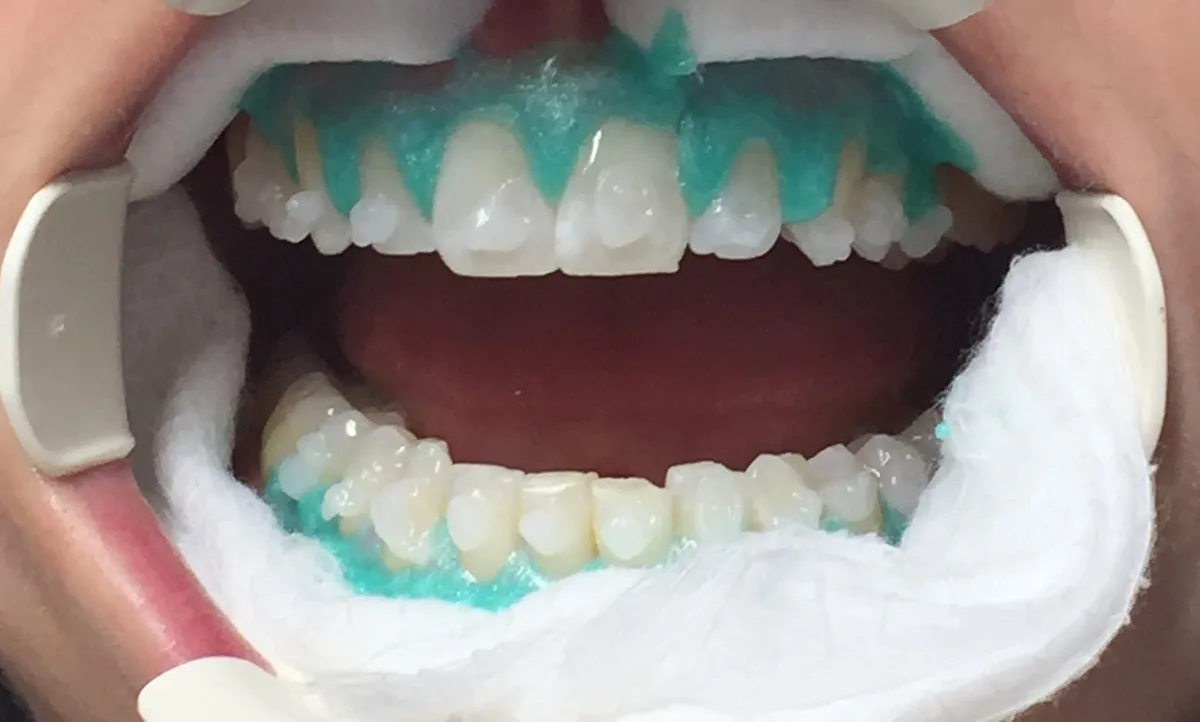Dental Office Tooth Whitening What is It?
Dental office tooth whitening, also known as professional teeth whitening, is a cosmetic dental procedure designed to lighten the shade of your teeth. It’s a popular choice for those looking to enhance their smile and boost their confidence. Unlike over-the-counter whitening products, professional whitening is performed by a dentist or a trained dental professional, ensuring a safe and effective treatment. This process utilizes stronger bleaching agents and techniques that are not available for home use, leading to more dramatic and faster results. It effectively removes stains and discoloration caused by factors such as aging, genetics, and lifestyle choices, including the consumption of coffee, tea, and tobacco. The ultimate goal is to achieve a brighter, more youthful-looking smile, which is why this procedure is a cornerstone of cosmetic dentistry.
How Does Tooth Whitening Work
The science behind tooth whitening involves the use of bleaching agents, most commonly hydrogen peroxide or carbamide peroxide. These compounds break down into oxygen molecules, which penetrate the enamel and dentin of your teeth. These oxygen molecules then react with the stain molecules, breaking them down and thus lightening the color of your teeth. The effectiveness of the whitening process depends on several factors, including the concentration of the bleaching agent, the duration of its application, and the individual’s tooth structure and the type of stains present. Professional whitening treatments often use higher concentrations of these agents, which is why they can produce more noticeable results in a shorter amount of time compared to at-home kits. During the procedure, the dentist carefully applies the whitening agent to the teeth, taking measures to protect the gums and soft tissues from irritation.
Understanding the Procedure
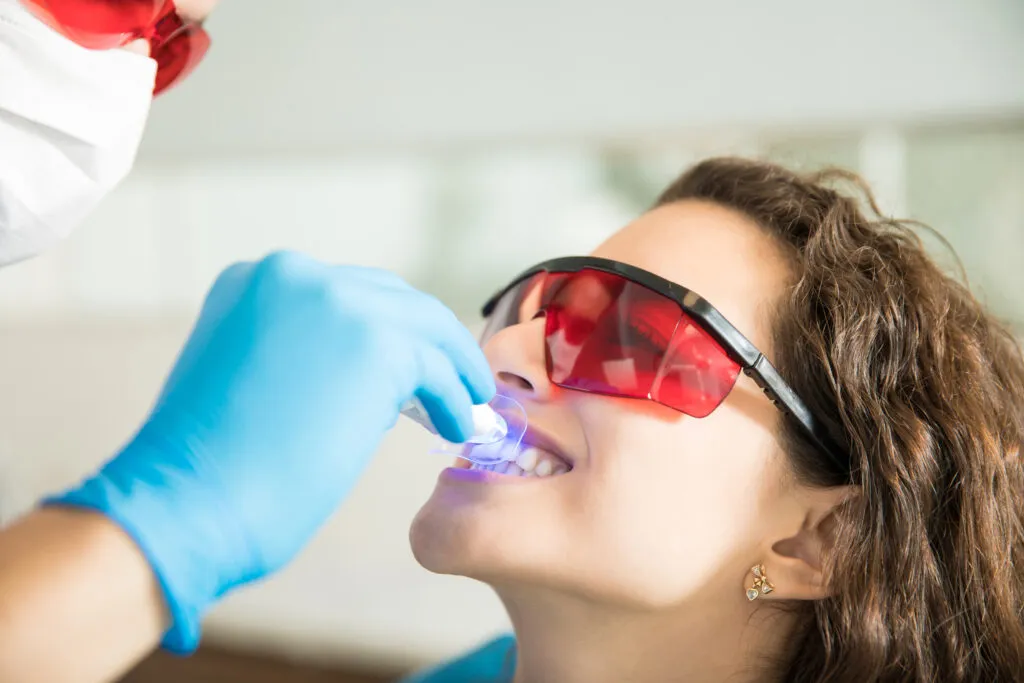
The tooth whitening procedure in a dental office generally involves several steps. First, your dentist will conduct a thorough examination of your teeth and gums to ensure that you are a suitable candidate for the treatment. They will check for any existing dental issues, such as cavities or gum disease, which need to be addressed before whitening. The dentist will then clean your teeth to remove any surface stains and plaque, which can hinder the whitening process. A protective barrier is then applied to your gums and soft tissues to prevent irritation from the whitening agent. The whitening agent is applied to the teeth, and in some cases, a special light or laser is used to accelerate the whitening process. The treatment typically takes about an hour, and you may need multiple sessions to achieve your desired results. After the procedure, your dentist will provide instructions on post-whitening care to help maintain your brighter smile.
Top 5 Secrets for Effective Tooth Whitening
Achieving the best results from tooth whitening involves a combination of professional treatment and diligent aftercare. Here are the top 5 secrets to help you get and maintain a dazzling smile.
Secret 1 Schedule a Dental Consultation
Before undergoing any tooth whitening treatment, the first and most crucial step is to schedule a consultation with your dentist. During this appointment, your dentist will assess your oral health, identify the cause of your tooth discoloration, and determine the most appropriate whitening method for your specific needs. This also allows them to check for any underlying dental issues, such as cavities or gum disease, which need to be addressed before whitening. The consultation also provides an opportunity for you to discuss your expectations, ask questions, and learn about the potential risks and benefits of the procedure. By taking this preliminary step, you can ensure that the whitening treatment is safe, effective, and tailored to your individual needs.
Secret 2 Professional Cleaning First
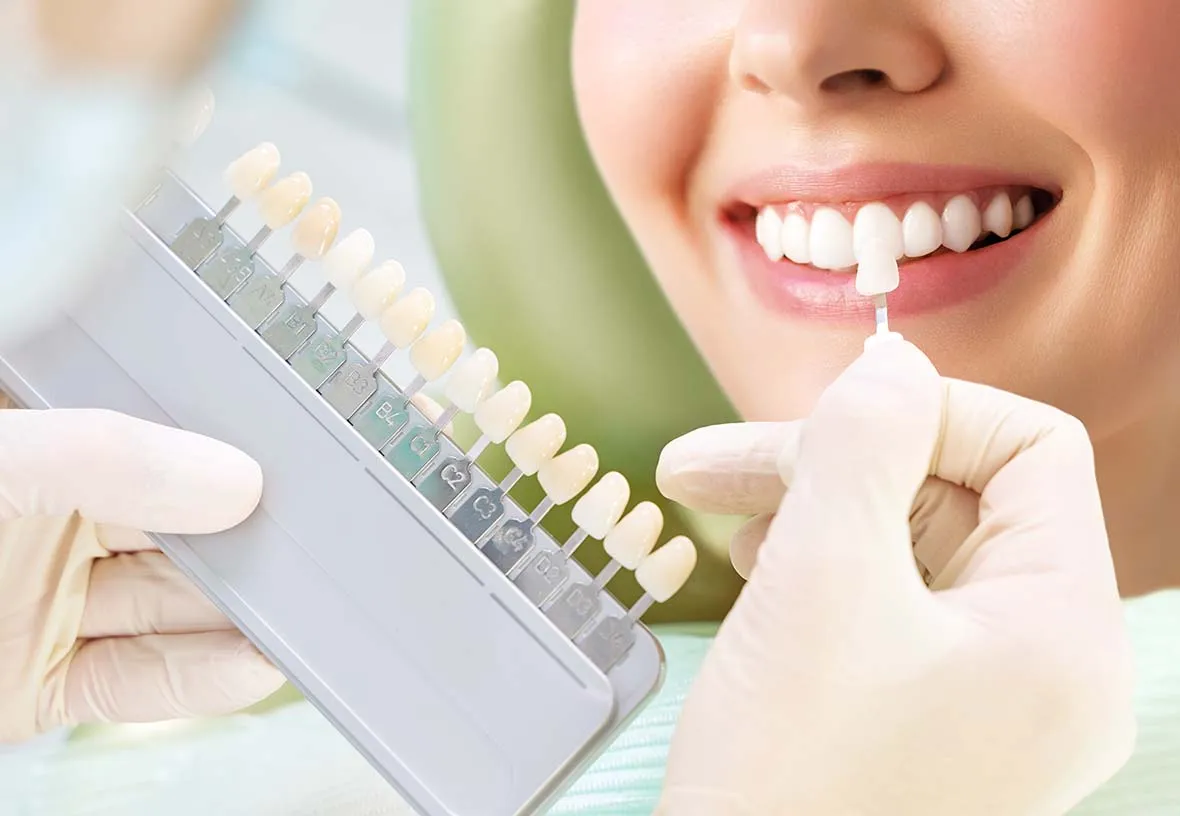
Prior to any teeth whitening treatment, a professional cleaning by a dental hygienist is essential. This cleaning removes surface stains, plaque, and tartar that can hinder the whitening process. Even if you brush and floss regularly, some stains and buildup can only be removed with professional tools and techniques. By starting with a clean surface, the whitening agent can penetrate the enamel more effectively, leading to more noticeable and even results. This also allows the dentist to assess your overall oral health and identify any potential issues that need to be addressed. Professional cleaning ensures that your teeth are in the best possible condition to undergo the whitening treatment.
Secret 3 Choose the Right Whitening Method
There are various tooth whitening methods available, and choosing the right one depends on your individual needs and preferences. Dental offices offer several options, including in-office whitening and take-home kits. In-office whitening provides immediate results due to the use of high-concentration bleaching agents and the assistance of specialized equipment, while take-home kits offer more flexibility and are often a more cost-effective option. Discuss the pros and cons of each option with your dentist, taking into consideration factors such as your level of discoloration, sensitivity, and lifestyle. The best whitening method is the one that is both effective and suitable for your oral health and budget. This ensures you get the desired result and that the process is comfortable and safe.
In-Office Whitening Explained
In-office whitening involves a professional application of a high-concentration bleaching agent to your teeth, usually by a dentist. The process typically begins with a thorough cleaning and the application of a protective barrier to your gums. The whitening agent is then applied, and in some cases, a special light or laser is used to accelerate the whitening process. This method usually produces dramatic results in a single session, making it ideal for those seeking immediate improvement. The entire procedure is performed under the supervision of a dental professional, which ensures safety and allows for the management of any sensitivity. In-office whitening is a quick and efficient way to achieve a significantly brighter smile.
Take-Home Whitening Kits
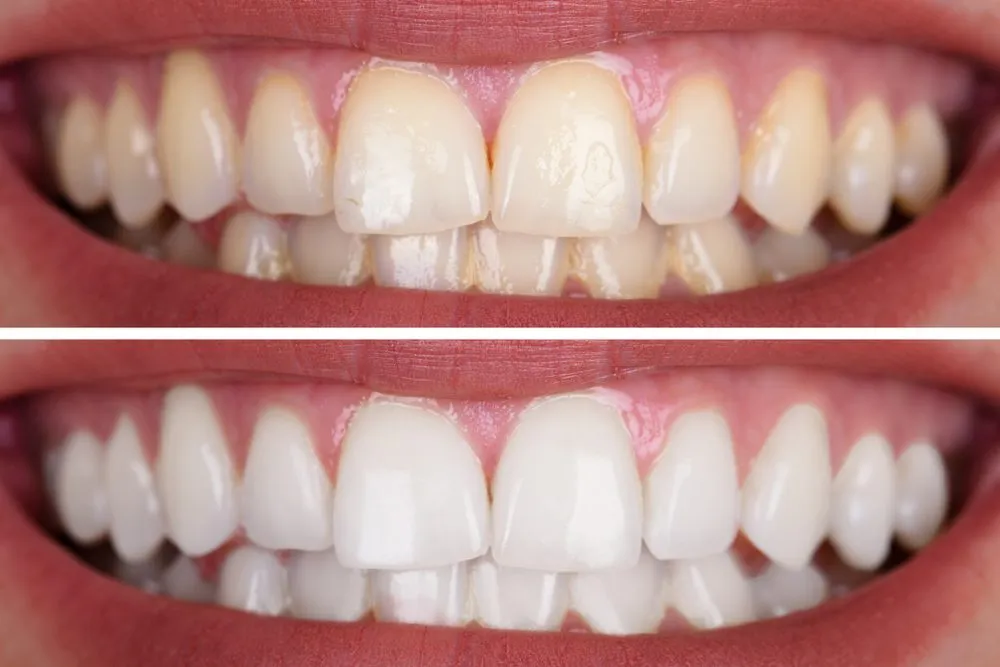
Take-home whitening kits typically include custom-fitted trays and a lower-concentration bleaching agent, usually provided by your dentist. You apply the whitening agent to the trays and wear them for a specified period, typically for a few hours each day or overnight, as directed by your dentist. This method offers more flexibility as you can whiten your teeth at your convenience. It usually takes a few weeks to see the desired results, but take-home kits are often a more budget-friendly option. Your dentist will monitor your progress and adjust the treatment plan as needed to ensure optimal results and minimize any potential sensitivity or discomfort.
Secret 4 Follow Post-Whitening Care
Proper post-whitening care is crucial to maintaining your brighter smile and preventing new stains. Immediately after the whitening treatment, your teeth may be more susceptible to staining. Avoid consuming foods and drinks that can stain your teeth, such as coffee, tea, red wine, and dark-colored berries. Also, refrain from smoking, as tobacco can significantly stain teeth. Practice good oral hygiene by brushing your teeth twice a day with a whitening toothpaste and flossing daily. Schedule regular dental check-ups and cleanings to maintain your results and address any potential issues. Following these guidelines will help you enjoy your newly whitened teeth for a longer period.
Secret 5 Maintain Your White Smile
To maintain your bright smile long-term, consistent care is essential. Along with avoiding staining foods and drinks, consider using a whitening toothpaste or mouthwash to help keep your teeth white. Regular dental check-ups and professional cleanings are vital to remove any surface stains and maintain the results of your whitening treatment. Also, consider touch-up treatments as needed to keep your smile looking its best. Consistency in your oral hygiene routine, along with preventive measures, will ensure you enjoy the benefits of tooth whitening for years to come. A little effort in maintaining your smile will keep you feeling confident and proud of your pearly whites.
Avoiding Common Tooth Whitening Mistakes
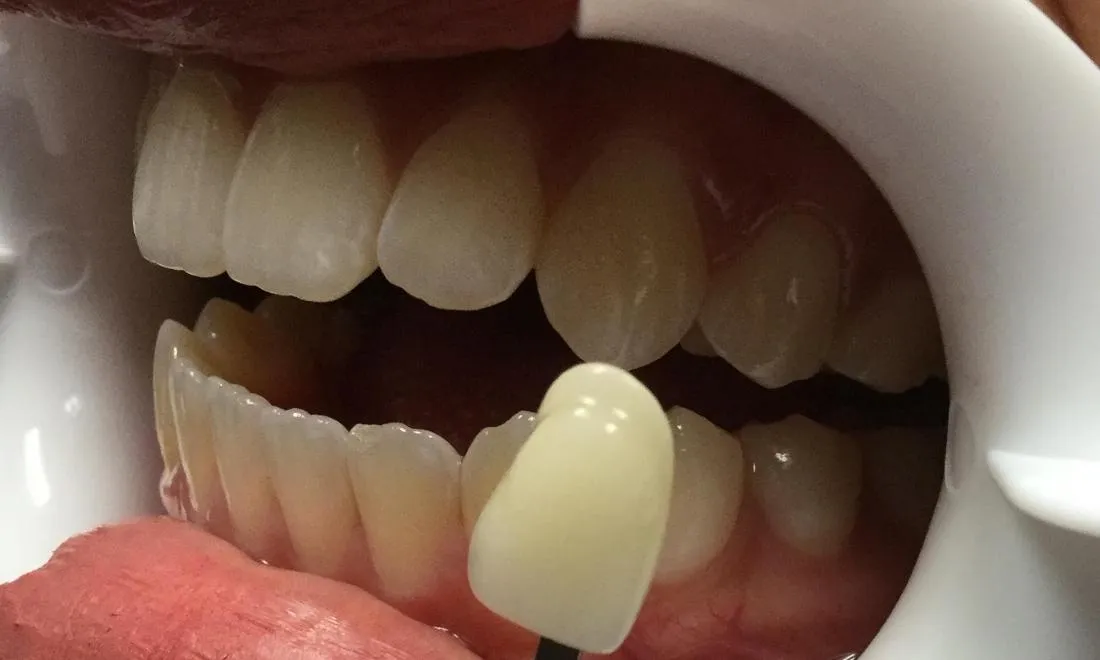
To get the most out of tooth whitening, it is vital to avoid common mistakes that can undermine your results or cause complications. Overuse of whitening products can lead to tooth sensitivity and damage to the enamel. Following the instructions provided by your dentist is crucial. Using products that are not recommended for your specific dental situation, or using products that are not approved for your dental work can also be problematic. Another common mistake is neglecting post-whitening care, such as not avoiding staining foods and drinks. Failing to address existing dental issues before whitening can also lead to poor outcomes. By avoiding these mistakes and following professional advice, you can ensure a safe and effective tooth whitening experience, leading to a beautiful and healthy smile.
